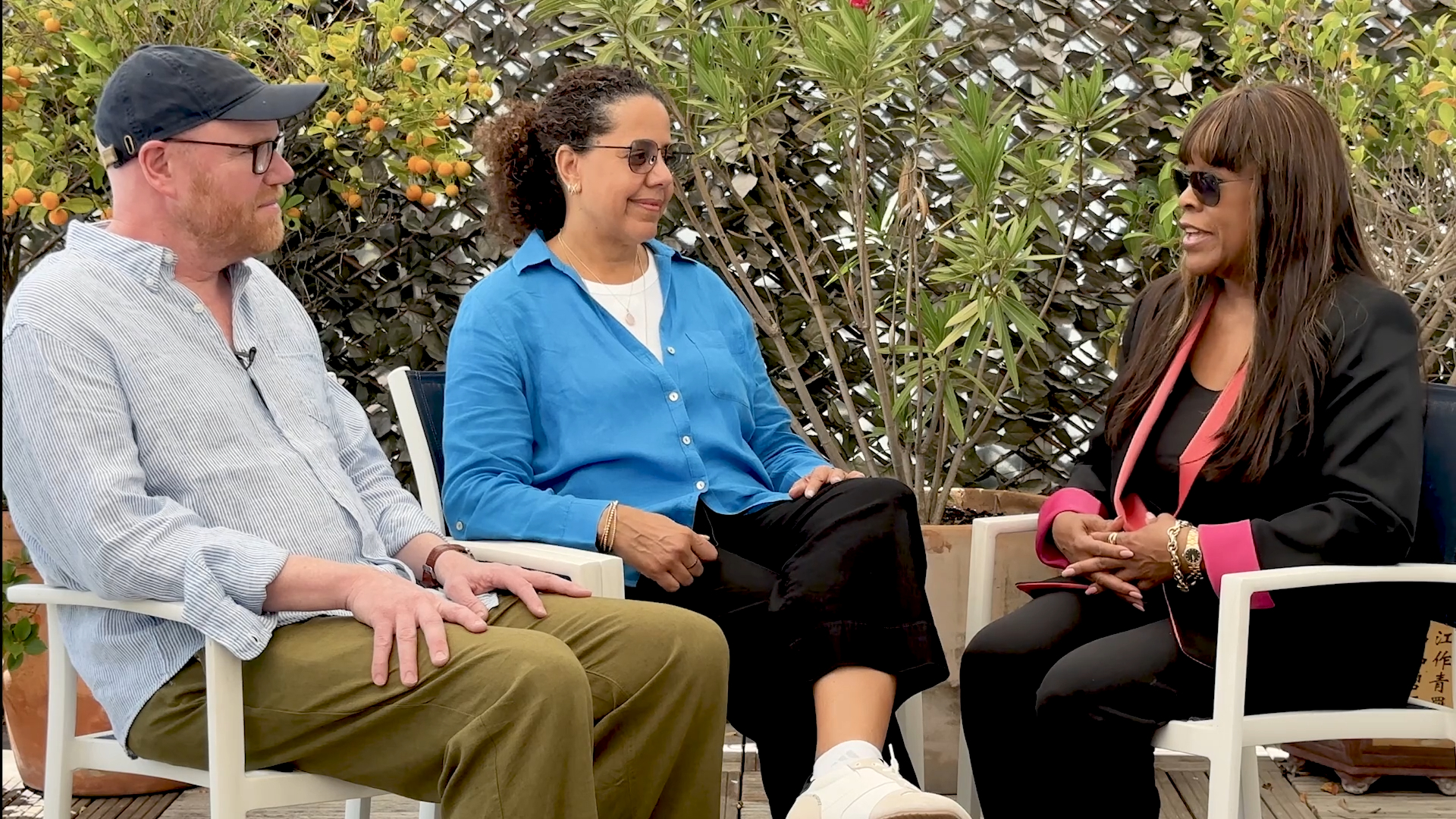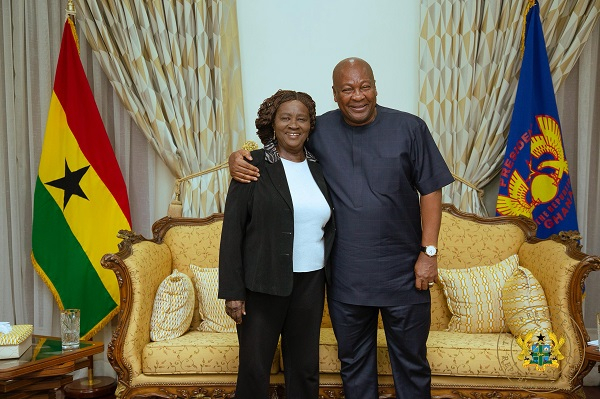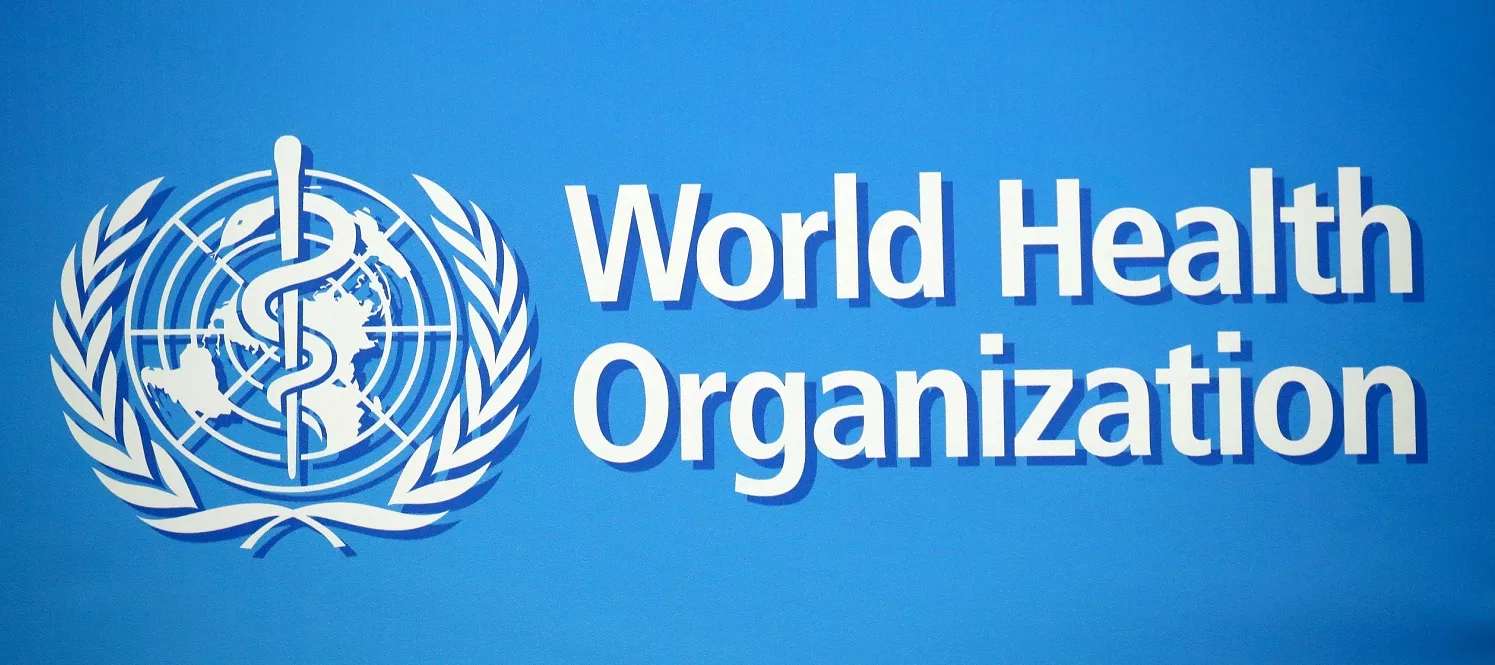Delhiwale: Ruskin, the Delhi walla
May 23, 2025 05:32 AM IST
Ruskin Bond, the writer who lives in the Himalayan foothills, turned 91 this week. Here are 9+1 nuggets on his connections with our Delhi.

1. Although Ruskin’s literature is mostly set in the Dehradun-Mussoorie foothills, his childhood was briefly spent in Delhi, during the war years, from 1942 to 44.
2. Following the separation of his parents, little Ruskin moved to the capital to be with his beloved stamp-collector father, who worked in the Codes and Cyphers section at the Air Headquarters of the Royal Air Force. His office was near India Gate.
3. The baap-beta team initially lived in the so-called Air Force hutment, close to Humayun Tomb. (They later lived in Atul Grove Road, Hailey Road and Scindia House.) In peak summer, the mashak walla would arrive daily at Ruskin’s residence with his goat-skin mashak to sprinkle water at the khus-khus screens that covered the doors and windows.
4. In those long-ago Delhi days, little Ruskin’s father would take him to movies in the Connaught Place cinemas, and treat him to pastries at the Wenger’s. Walking about in the summertime Delhi sun inevitably gave the boy a “roasted look,” prompting street loafers to tease him as ‘Lal Bandar.’
5. In 1944, Ruskin’s father suddenly died in Calcutta. Ruskin was 10. The tragedy coincided with the end of his first stint with Delhi.
6. Ruskin’s second stint in Delhi was as a young freelance writer, when he lived alone in the “treeless” neighbourhood of Rajouri Garden. Vast agricultural fields then existed near his house. Ruskin would often walk into those fields, “finding old wells, irrigation channels, camels and buffaloes, and sighting birds and small creatures that no longer dwelt in the city.”
7. Like a modern-day flaneur, Ruskin regularly walked through the city, from Rajouri Garden to Connaught Place, from Dilli Gate to Chandni Chowk, and from Ajmeri Gate to India Gate. In the India Gate grounds, he would lounge on the grass, eating jamuns.
8. One of Ruskin’s books is titled The Roads to New Delhi. The cover shows an illustration of Regal Cinema, which stopped screening films in 2017.
9. A time was when Ruskin frequently visited Delhi, undertaking day-long road trip on car from his home in the hills. He was always taken in by the window scenes of the countryside that unfolded on the highway to Delhi— “the sugarcane being harvested, children bathing in small canals, the serenity of mango groves...”
10. During his Delhi soujourns, Ruskin is often sighted at the India International Centre. One evening, in 2018, he was sitting alone at an outdoor table, digging into a bowl of onion pakoras (see photo), looking as lonely as his lonely childhood that he has described so poignantly in his many books.
PS: The material in this piece is primarily fished out from Ruskin Bond’s books, along with conversations he has had in the past with interviewers, including this reporter.











